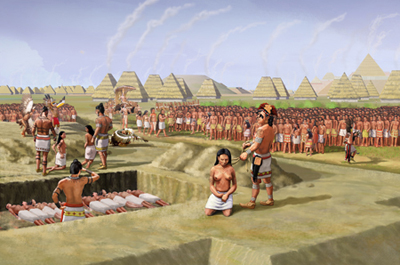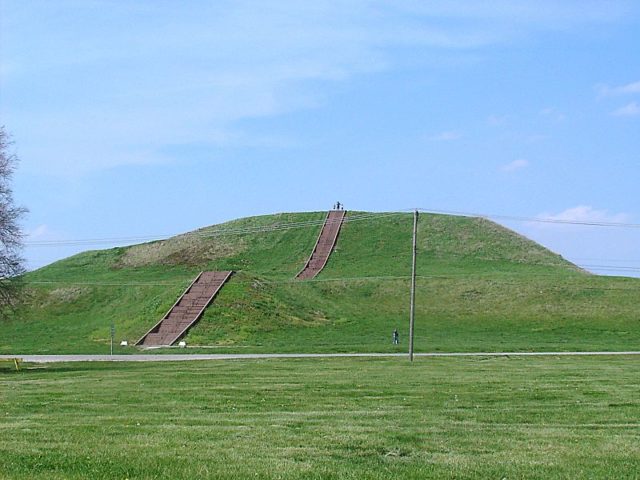Within the ruins of the Native American city Cahokia, which prospered hundreds of ages ago, there is a burial hill with the remnants of noble or royal couples.
Buried on all sides of them within the hill are the skeletons of several people who were brutally chopped up; who either bled or were strangled to death in sacrifices.
The Climb Brings Cliffhanger Experience to Oculus Rift
The beaded burial location at the center of the Burial Hill 72 was previously believed to comprise bodies of six important men. Yet a new study theorizes that some of the twelve, not actually six, were of high status.
The skeletons were of women and a sole child. A man and a woman were buried at the exact center of this central beaded burial feature.
These high-status burials of women alter the meaning of the beaded burial. Now, archaeologists realize, they did not have a system in which males are the dominate figures and females played the small parts.
Cahokia was very much about nobility – not just for males but for both – and their relationships were very significant.

It was not made clear whether any of the 12 individuals within the beaded burial were sacrificial victims. The burial hills were used from around 1000 to 1200 AD. Cahokia was a vast Native American city that thrived from about 700 to 1400 AD within what is currently the state of Illinois.
Within the burial hill, found in 1967 by archaeologist Melvin Fowler, were five vast graves with around 20 to 50 bodies. Several of them were sacrifices.
The hill was called the beaded burial because the bodies were located at the center of the grave – two bodies on a bed of grand beads.
Mound 72 burials are some of the most important burials ever unearthed in North America from this period of time. Archaeologists have decided that the beaded burial was of two high-status men who were buried with their subordinates.
They believed the beaded blanket or cape was in the figure of a bird, which is symbolic to the warrior guild and important throughout the Native American civilization.
The archaeologists summarized that the Cahokia had a male-dominated hierarchy. A new look at the earlier archaeologists reports, notes, maps, and the skeletal remains uncovered a new and astonishing story. As we mentioned earlier, initially, the investigators discovered that there were 12 corpses in with the beaded burial, not six.
It was revealed that two of the central corpses in the beaded burial were really female and male. Further examination unveiled some other female and male pairs on top of and close to the beaded location.
Several bodies were laid out carefully; others were bones of which had been collected and bundled for the burial close to these significant couples. The archaeologists as well found remains of a child.

Investigators had theorized that the victims of sacrifice discovered at the location of Cahokia were brought in from an outside area, possibly as a tribute. Yet examination of the element strontium in the victims’ teeth displays they were primarily local, particularly the 39 individuals that were brutally killed and just dumped within the vast grave, Ancient Origins reported.
Ancient Origins reported in 2015 that the mound contained 72 people, several of them sacrifices, buried in vast pits. Several are laid out within refined rows, and had little to no sign of trauma. Investigators think they died of blood letting or strangulation.
From around 700 to 1400 AD, Cahokia was evidently one of the most vast metropolia in the world. When it was at its peak, it had a population of 15,000 residents.
The intricate society of Cahokia, according to the Native American Mississippian Society, flourished in the fertile lands off of the Mississippi River alongside the river from modern-day St. Louis, Missouri.
